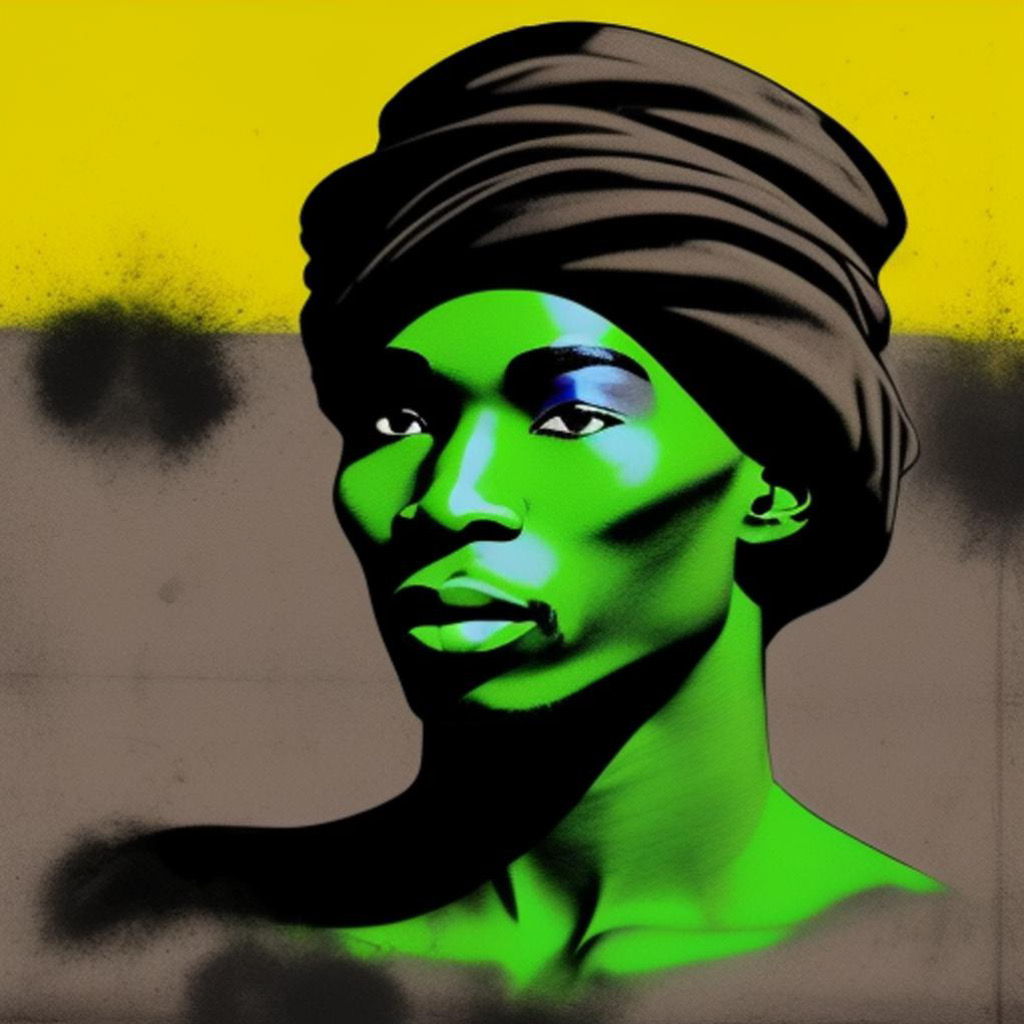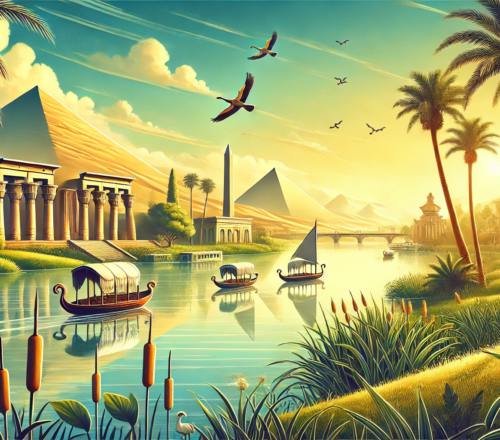
Table of Contents
The life-giving nature of the land, known as “Kemet” or “Kermit.”
The color black in ancient Egypt held a deep symbolism tied to the fertile and life-giving nature of the land, known as “Kemet” or “Kermit.” Let’s explore how the color black, associated with the fertile Nile silt and the mysteries of creation, played a significant role in the artistic and cultural tapestry of ancient Egypt.
Nile’s Fertile Gift
Black, often associated with the rich dark soil deposited by the annual flooding of the Nile, represented the gift of fertility that sustained Egyptian agriculture. Just as the black silt rejuvenated the land, the color black embodied the essential force that enabled the growth of crops, ensuring prosperity and sustenance.
Primordial Creation
In Egyptian cosmology, the color black was linked to the primeval waters of chaos that existed before creation. These dark, fertile waters were believed to be the source of all life, and the color black represented the mysterious forces of creation that gave birth to the world. It was a visual link to the origin of existence itself.
Kemet: The Black Land
Ancient Egyptians referred to their homeland as “Kemet,” which translates to “The Black Land.” This name reflected the fertile soil along the banks of the Nile, a stark contrast to the surrounding arid desert, which was referred to as “Desher,” meaning “The Red Land.” Black was not just a color; it was a descriptor that held within it the promise of sustenance and life.
Depiction of Deities
The color black was also associated with certain deities, such as Osiris, the god of the afterlife and rebirth. Osiris was often depicted with black skin to symbolize his connection to the fertile soil and the cycle of death and rebirth. The color black, in this context, was a representation of transformation and renewal.
Cultural Identity
Just as the black soil was integral to Egypt’s agricultural bounty, the color black was integral to the cultural identity of the ancient Egyptians. It symbolized the heart of their civilization—the fertile land along the Nile—and the intricate balance between nature and human life.
Conclusion: Darkness of Fertility
Black, the color of the fertile land and primordial creation, was more than just a hue; it was a symbol of life’s origins and sustenance. It held within it the secrets of the Nile’s dark waters, the mysteries of creation, and the heart of Egypt itself. Just as the black soil nurtured crops, the color black nurtured the cultural and artistic essence of ancient Egypt, a legacy that continues to resonate with us today.
Shop Corner
Egyptian black seed on Amazon
Enjoy the beauty of meanings!
Sources openai Language models, aitrot, picsart and mib
Take time to learn
Invest in your future
Embark on a journey into the realm of affiliate marketing and craft your own website within a vibrant, supportive community. Join me in this adventure, where you can begin as a free starter and stay as long as you desire. Enjoy complimentary hosting and foundational teachings to set you on your path. For those with advanced skills, opportunities to elevate your expertise await. Take a moment to explore and witness the magic for yourself!




